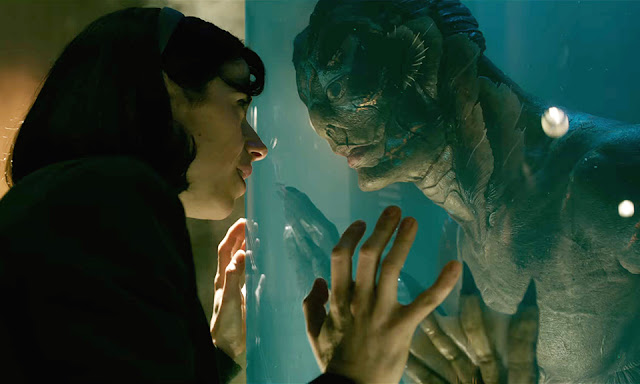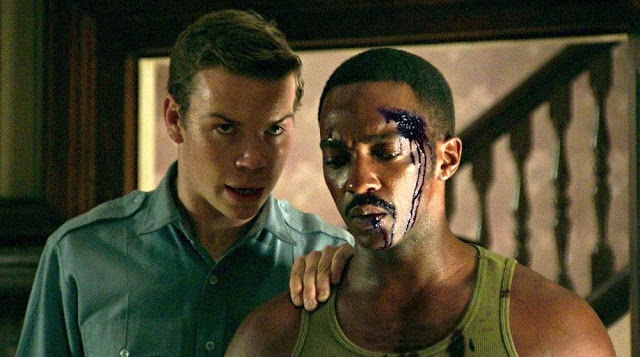Call Me by Your Name: One Lazy Summer, a Dance of Desire
“So what do you do around here?” Oliver asks Elio early in Call Me by Your Name, Luca Guadagnino’s feverish, unusual love story. In response, the 17-year-old ticks off a number of banal activities—he reads, he swims, he parties—but his answer basically amounts to, “Not much.” Over the course of its 132-minute running time, Call Me by Your Name stirs up a broad array of emotions—desire, heartache, anger, elation, grief—but what it perhaps evokes most effectively is that ineffable state of boyhood restlessness, the feeling of being suspended in a cocoon where nothing of consequence ever happens. Elio is something of an intellectual and musical prodigy (“Is there anything you don’t know?” an amused Oliver asks), but as the movie opens, he is nevertheless waiting for his life to begin.
By the time the film ends, he’ll have undergone a transformative experience that will feel largely familiar to enthusiasts of coming-of-age cinema. Yet while Call Me by Your Name travels well-covered narrative terrain, it is not exactly typical. It is, in essence, a strange telling of a normal story. In chronicling the standard tale of a young man discovering himself, Guadagnino has retained the basic elements but altered them, glazing them with a peculiar finish that mixes awkwardness with compassion. To watch the film is to feel by turns frustrated, surprised, confused, and blissful—you know, kind of like falling in love. Read More





